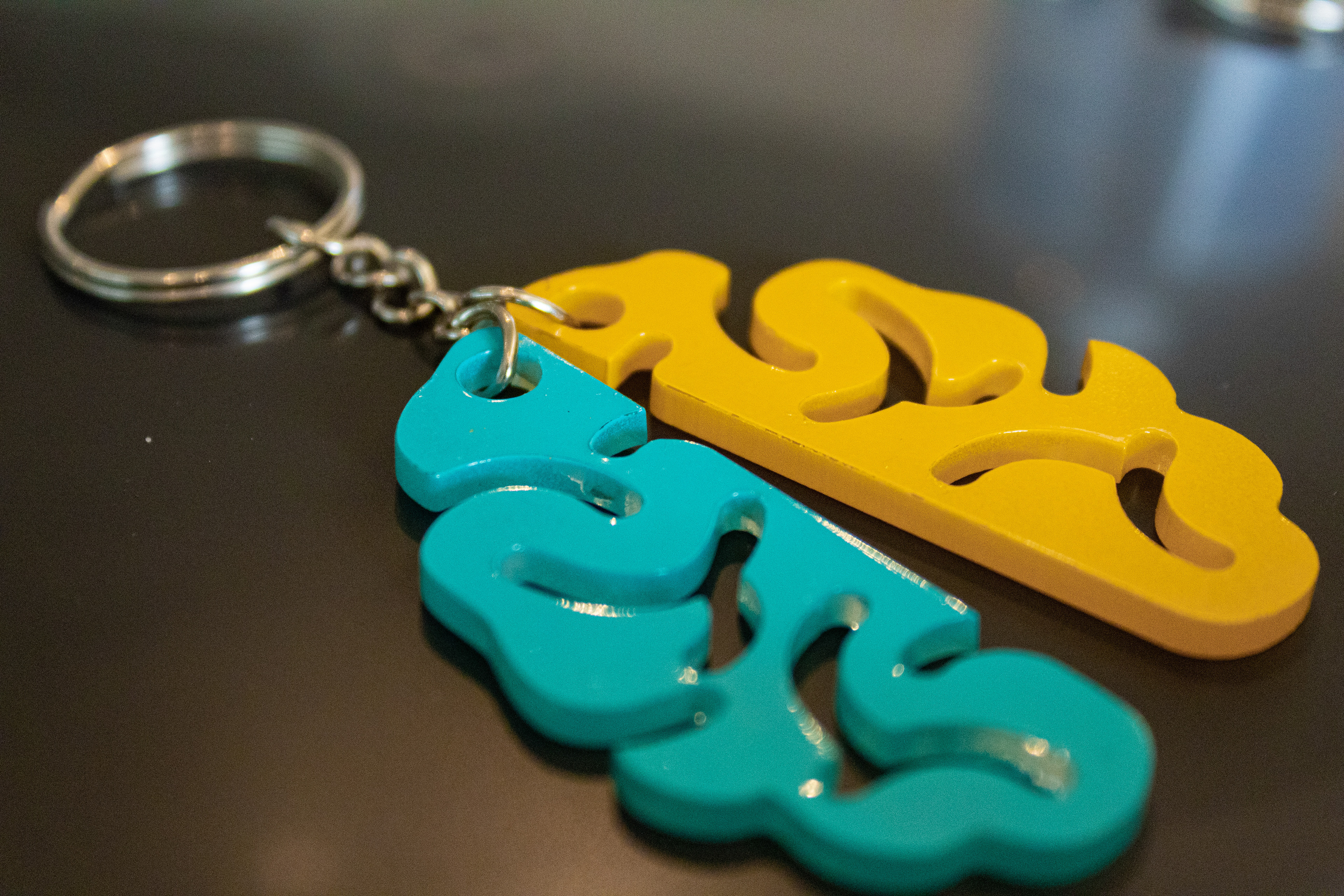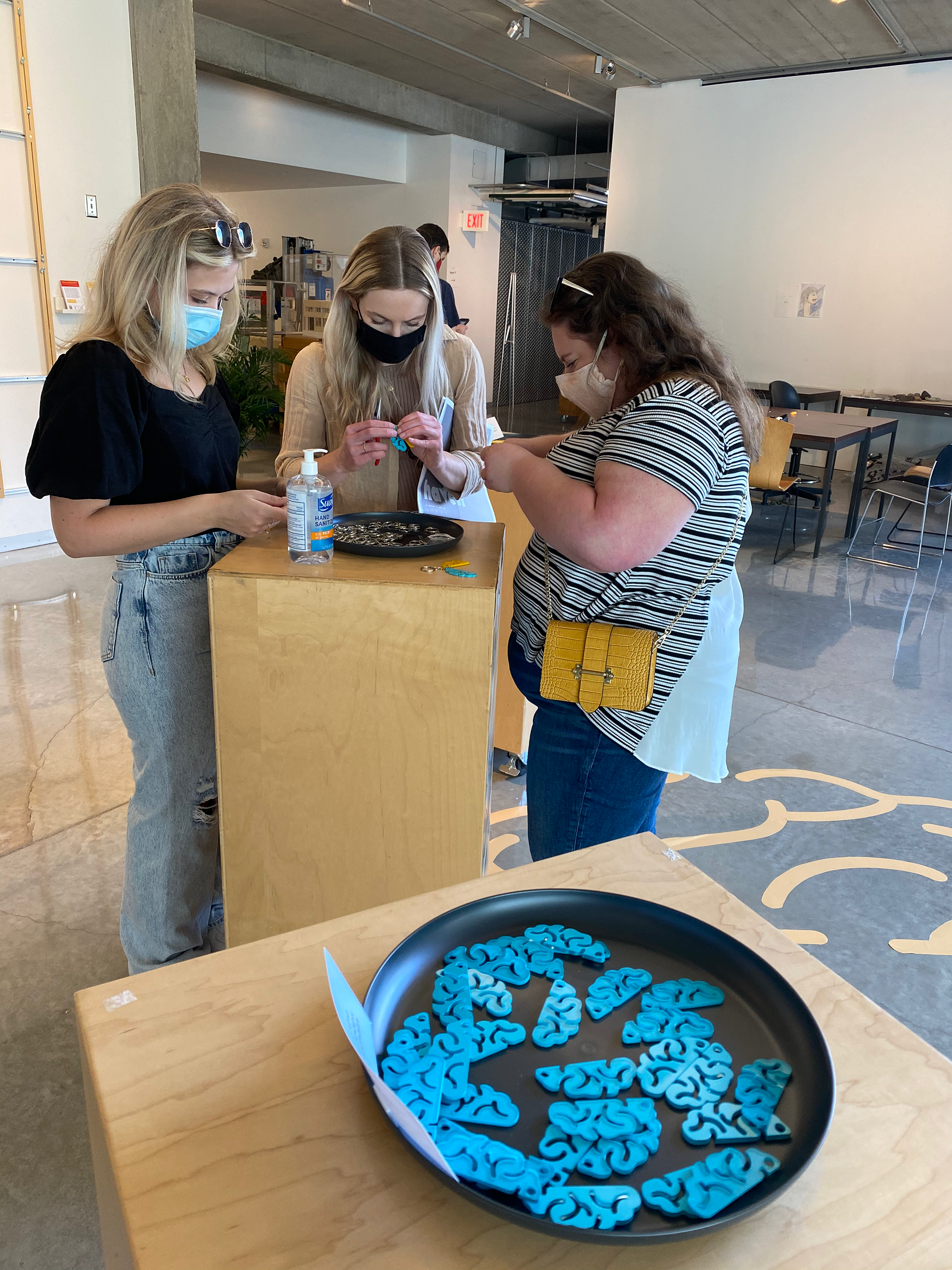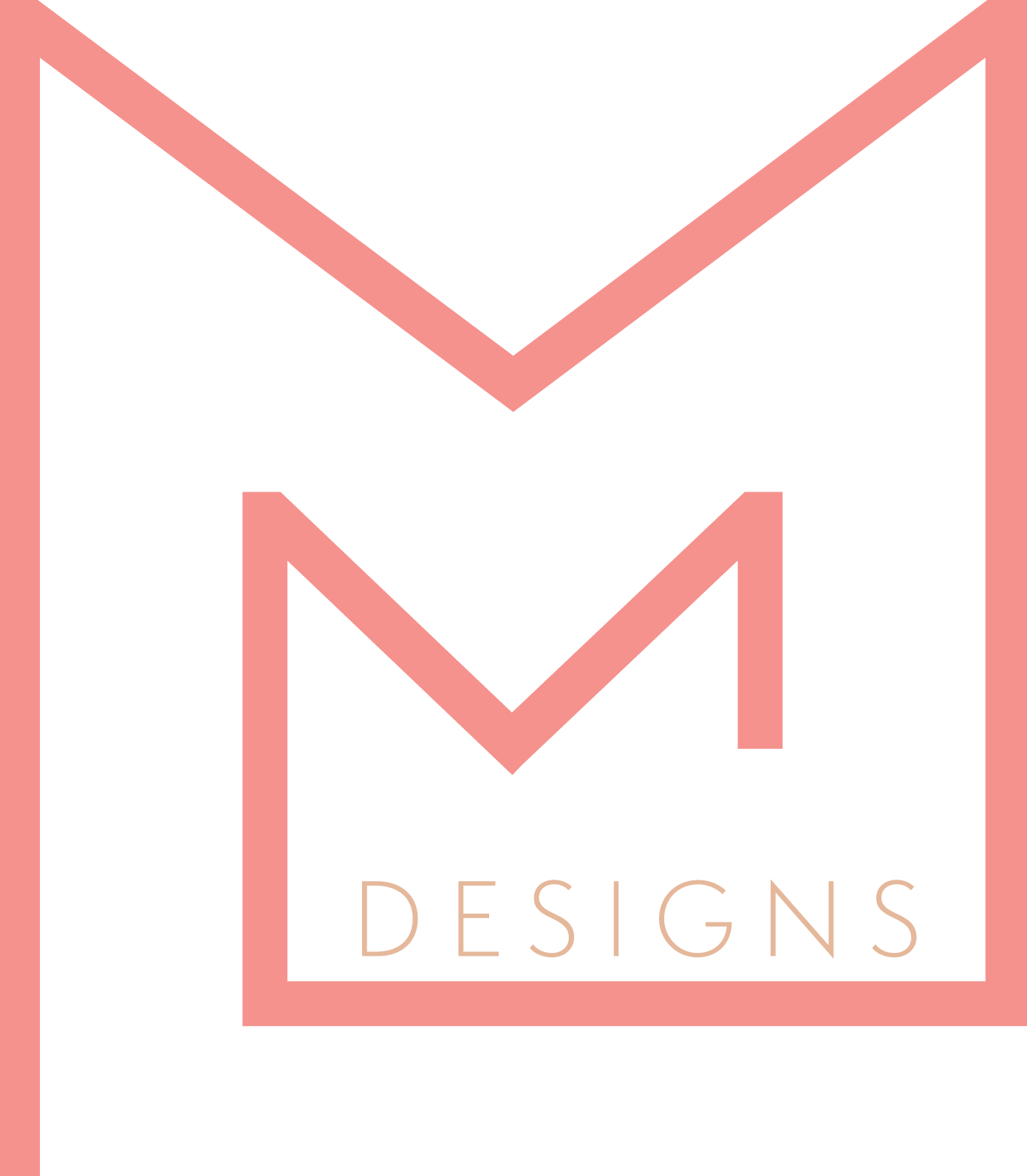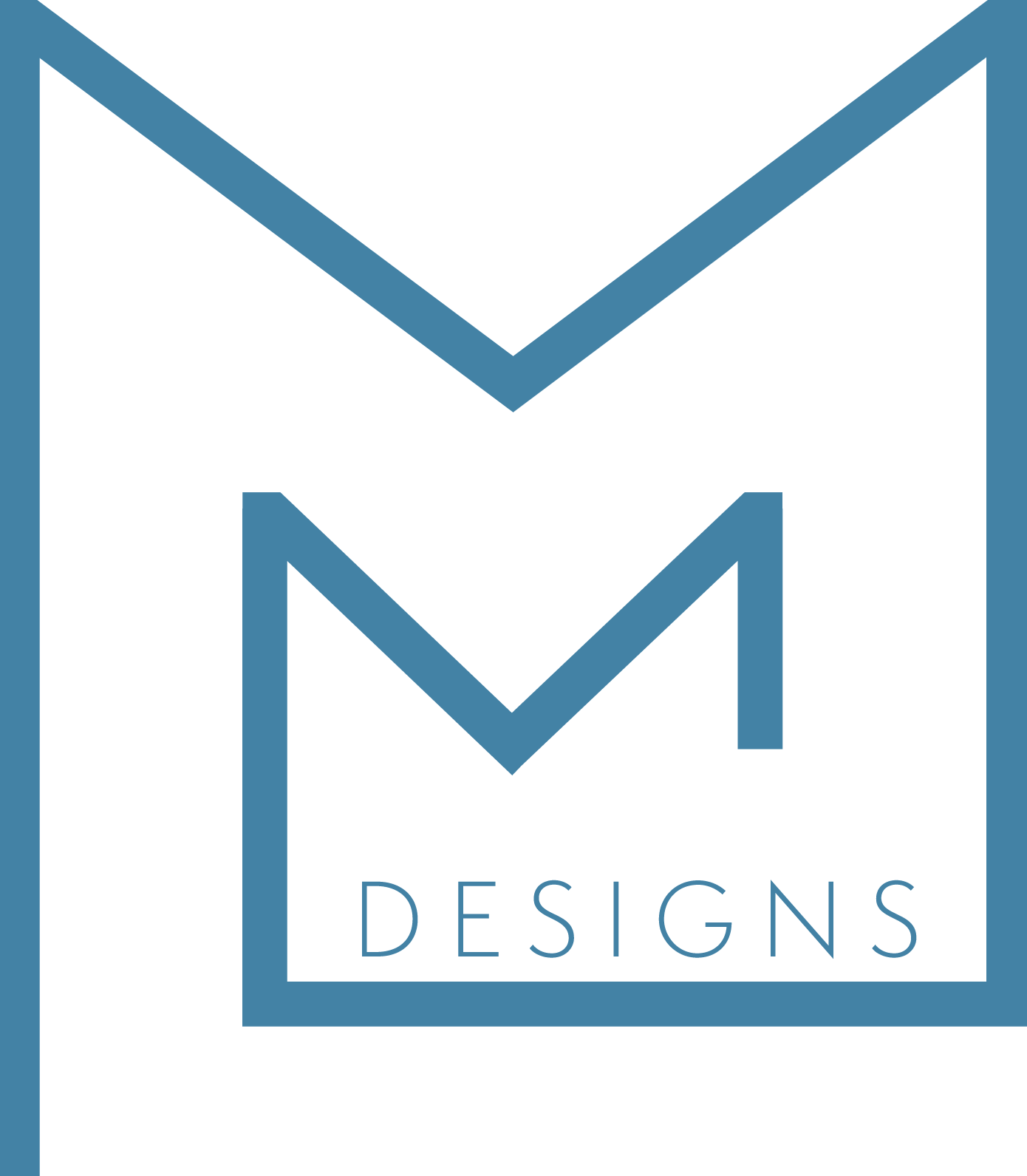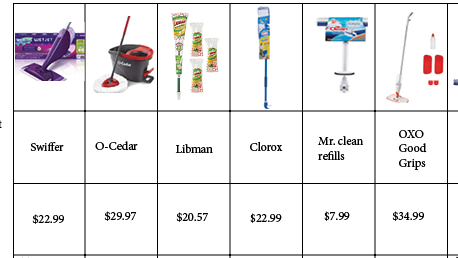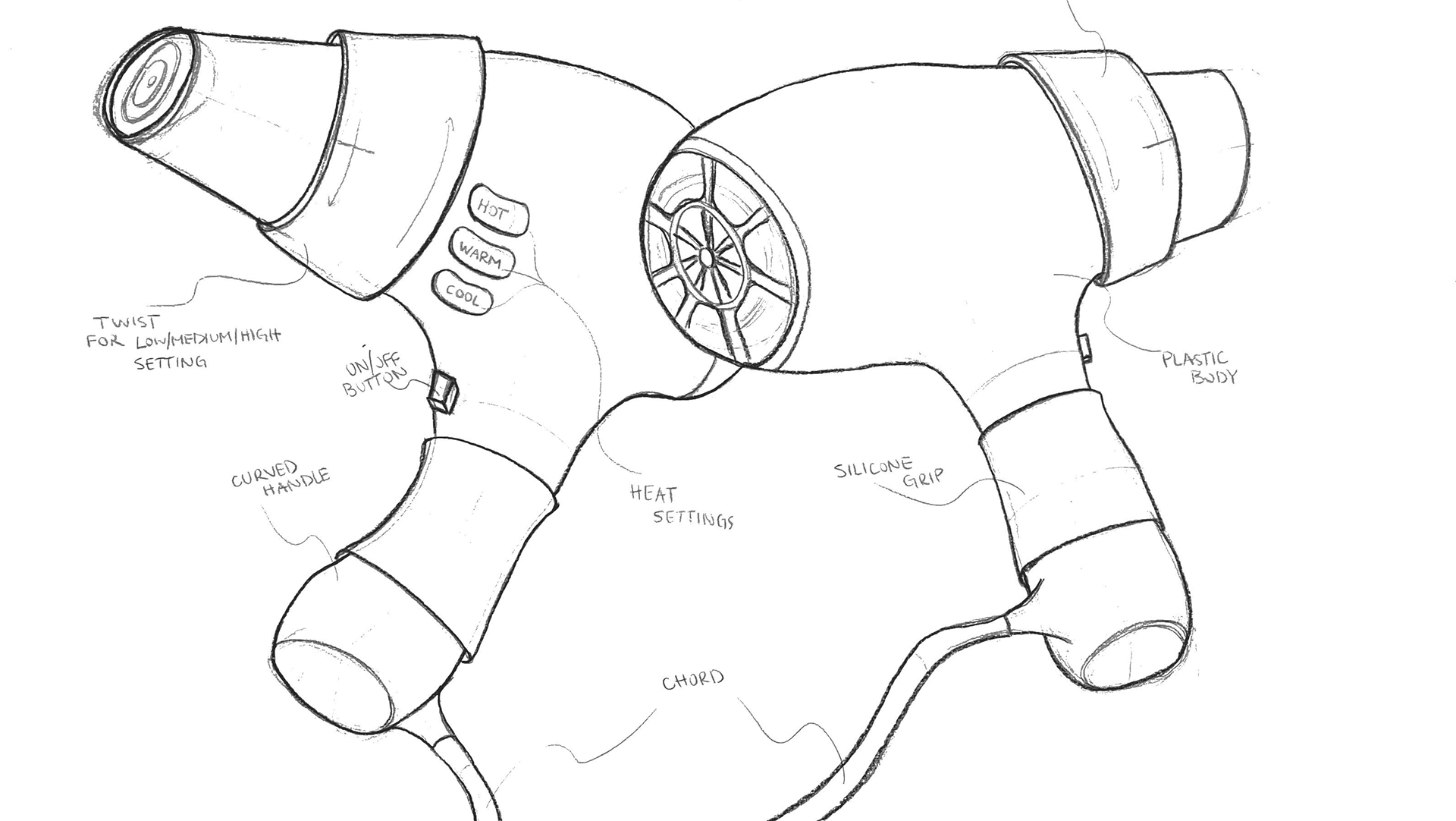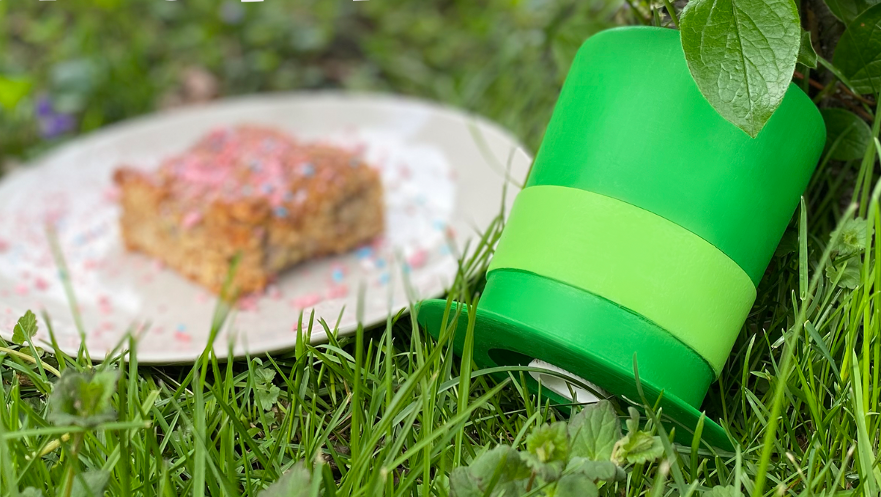As a prospective designer, it didn't take long to notice how my college education would differ from my previous primary and secondary schooling. Learning "design-thinking", principles, and how to empathize with users or an audience, quickly became the center of my discipline. Becoming more exposed to the industry, I had to untrain myself to seek out the best option before testing and jumping into any projects. I realized that my previous education focused on convergent thinking to solve problems. The routine of standardized testing, grades, and basic math/science/English curriculum didn't leave much room for creative exploration. The fear of failure, or not reaching to 'correct' outcome, weighs heavily on students.
After completing my thesis paper and research on creativity in an academic setting, I thought about how I could possibly create change to the current creativity crisis. A major problem I noticed, is that many adults feel that they lost their creativity as they aged. In addition, most associations surrounding creativity are that it is mutually exclusive to art and related fields. In an attempt to challenge these association and convince viewers of their creative potential, I had the idea to have my exhibition take visitors through the experience of connecting both sides of their brain through a maze.
First imagining this idea as a life-size maze with walls, was a bit far-fetched for the timeline, space restrictions, and materials/building efforts. Thinking more about it and exploring all possible solutions to display the same idea brought me to a large vinyl print floor decal to serve as the brain maze. To accompany the experience, visitors could also build a keychain along the way adding each side of the brain. As they complete both tasks, they are inherently using both sides of the brain and being creative. As an interactive experience, the goal was to leave it open-ended in terms of where a visitor wanted to start and how they wanted to put the keychain together. Creativity is not a linear process, and the experience reflects that.
The process of creating a a large maze from scratch is hard enough, but having it be the shape of a brain added another challenge. I started by sketching at large scales with chalk and using tape to create paths. This gave me a better idea of size physically before moving digital. Since the plan was to use vinyl, I wasn't sure if I'd have to use individual pieces of vinyl and play with the negative space on the floor as the path, or design a full graphic.
I chose to use perceptual opposites (Teal and gold) to represent the sides of the brain. The keychains are made of the two halves of the brain as well. They are color coordinated to match their respective side of the maze. The first round of testing laser cuts was on 1/8 inch task board, which were slightly large and not sturdy enough to withstand force without breaking. I finished the final laser cuts on acrylic which was much stronger despite the intricate lines and shapes of the brain.
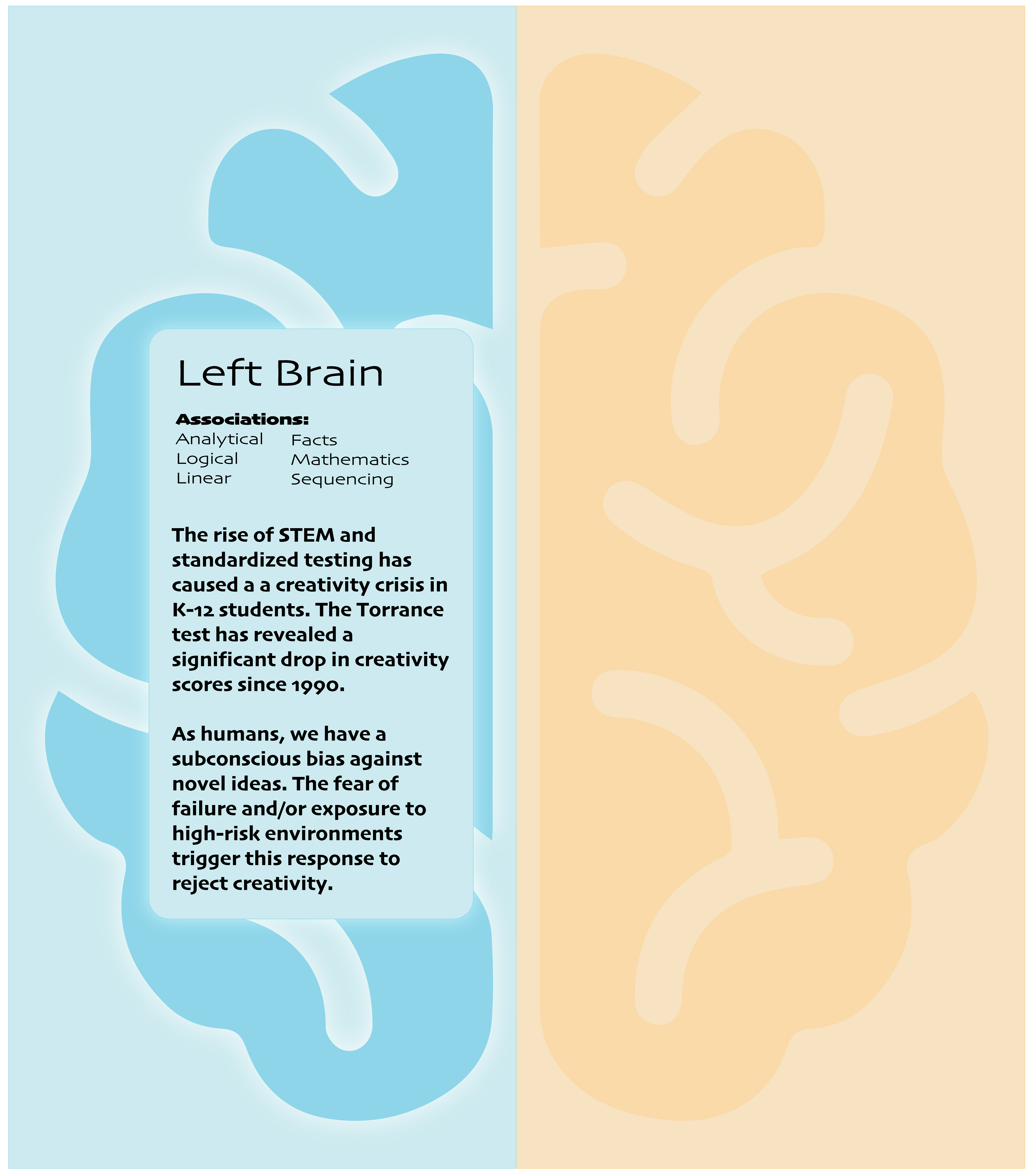

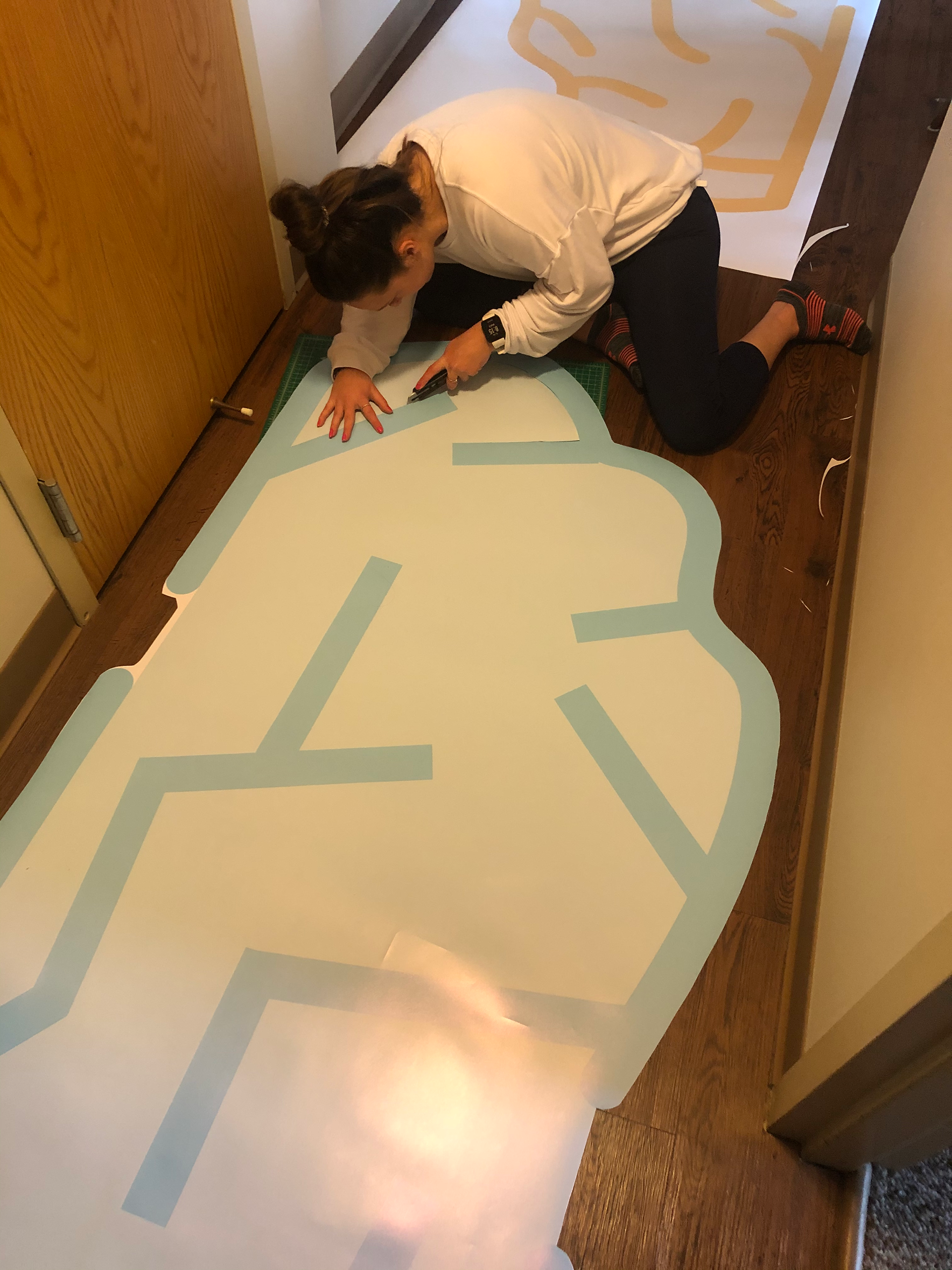
Cutting out the path
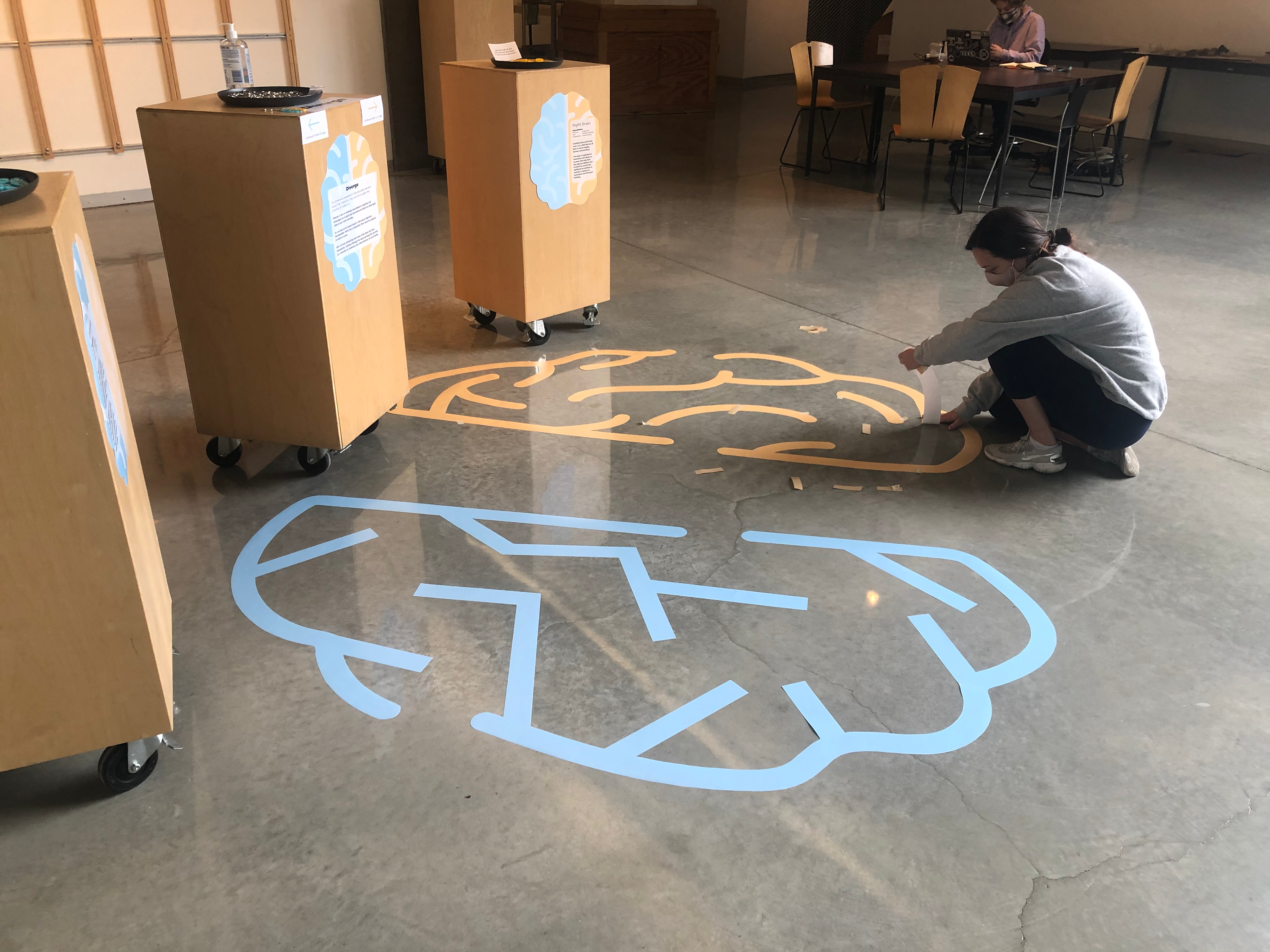
Adhering the path to the floor
